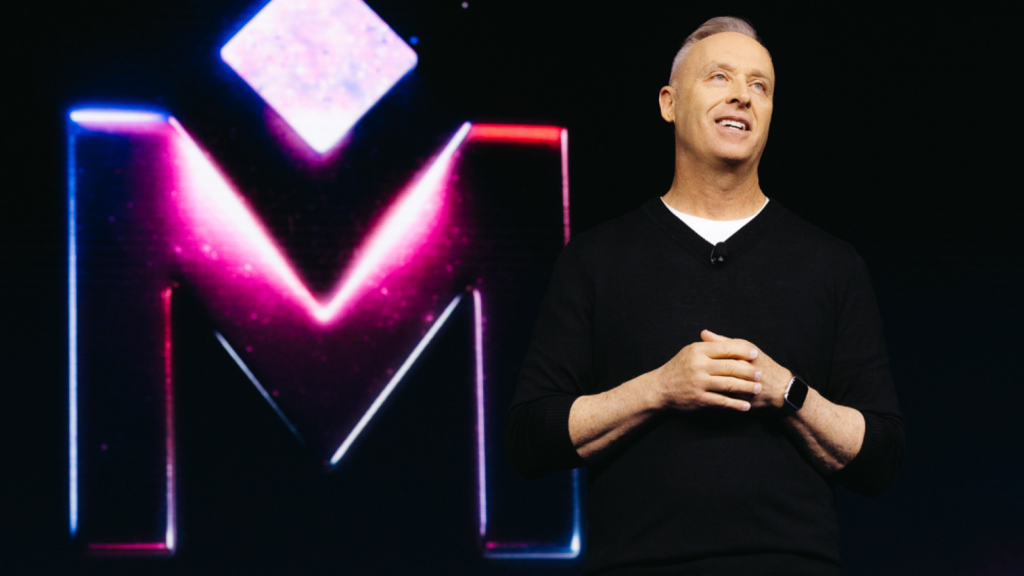As anyone who’s ever done it knows, it isn’t easy to integrate two different technologies, even when they’re designed to complement each other. This was the challenge I faced after a year at my workplace, when Kampyle, a startup in the space of digital Voice of Customer, was acquired by Medallia, a customer experience leader. How can we make these two products live together on the same platform?
If you’re currently or about to go through the same process of product integration, I hope you’ll find something useful in this story of how I overcame the obstacles I faced over the past year or so. Hint: A big dose of perseverance (and flexibility) is a key requirement!
First steps in integration
I remember when I first started working on the integration between Medallia Experience Cloud, our main platform for 360° feedback management and Medallia Digital, our solution for all digital channels’ feedback collection (web, mobile, and mobile apps). Up until then, I had only worked on the digital side of the product from Kampyle days, so the prospect of integrating into the much larger platform was overwhelming. I therefore approached Medallia Experience Cloud like an Old World explorer navigating vast, unmapped territory. Everything might as well have been marked “Here be dragons.” Questions swarmed through my head: What’s the purpose of all these types of survey questions? There are E fields and K fields and alt sets – why? I was completely baffled. In the meantime, I had missed the first cycle of development because I was constantly providing technical support to our long list of customers, which at Medallia comes first. It was all so daunting.
At last, I was assigned my first task for the integration. It seemed simple enough. The data I was tasked with collecting was scattered over a few Excel spreadsheets, and it all needed to go into one giant playbook, but I was confident it could all be completed within a couple of days.
Mission impossible?
Oh, how wrong I was. To begin with, the names of all the files were confusing, to say the least. My entire team was new to the Medallia Experience Cloud platform and its terminology, just like a customer onboarding for the first time, so it was difficult to understand what to look for in the first place. Because the system was unrecognizable initially, I took a longer path than necessary to find the files. Only after days of working on this task did I realize the solution was right under my nose the whole time. But in this New World of developing for Medallia Experience Cloud, I needed to step out and see the bigger picture.
Another bump in the road
I was about to complete my task and deliver the endless document that would be used by our Customer Success Managers (CSM) when preparing to onboard new clients/users. But at that moment I had a sudden premonition that CSMs would soon be desperately working 24/7 to collect the data they need to start the process. I, for one, was not going to stand by and see this happen. I would accept my calling, and fight this battle to the end. A straightforward solution must be found, and quick.
Mission accomplished!
What could I do to prevent this undoubtedly cumbersome process from taking root? Perhaps I could start a new and improved process of my own, where the holy grail of integration could take place with the click of a button (don’t we all like automated processes?). And that’s what I did. I wrote a Java script that invokes (calls) the Medallia Experience Cloud APIs and extracts the necessary configuration from the API responses. For the more technical people among our readers, this was a configuration that includes the following:
- 24 metadata fields
- 17 regular fields
- 3 user roles
- 8 report IDs
If I hadn’t created this automated process, each of these fields would still be extracted manually for each onboarding client, AKA CSM hell.
Lessons learned
What I’ve learned from this development rollercoaster ride is that problem solving and anticipating future issues are the keys to a successful integration. It’s not enough to just have processes in place; if they’re cumbersome and fail to take future use into account, it will only hurt the business in the long run.
Luckily, integration presents a unique opportunity to develop new and better processes. Had we not invested time in this, it would have been impossible to seamlessly integrate Medallia Digital into the Medallia Experience Cloud we all benefit from today, given the depth of the technologies. But if you have two great products, and take a long-term view, product integration can be one of the best things that’s ever happened to your company. It sure was with ours.
Read more about how our Digital solutions helped position Medallia as a leader in Customer Feedback Management, as named in the Forrester Wave 2018 Report.







